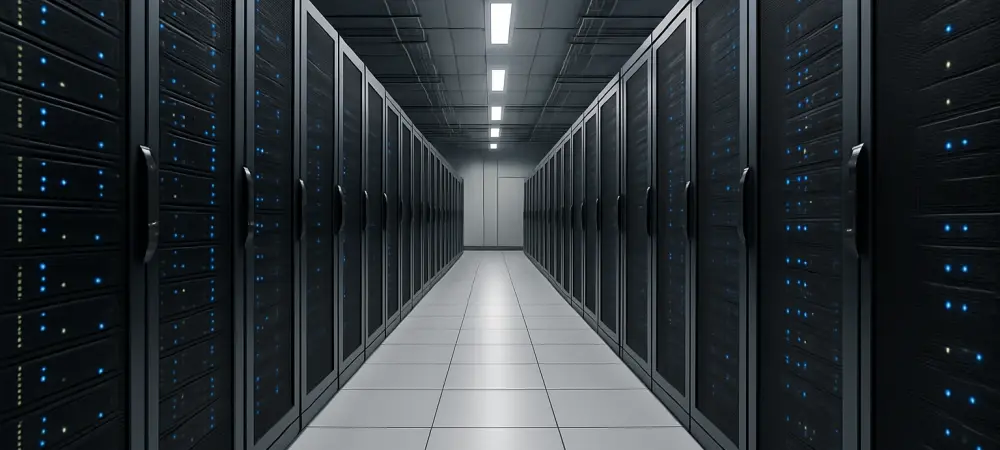The rapid growth of data centers in Northern Virginia has sparked concern over whether the region’s electrical grid can sustain this increasing demand. Known as the hub of global internet traffic, Northern Virginia’s energy needs are surging as data centers continue to expand, raising questions about the sustainability and reliability of existing energy infrastructure to meet these mounting demands.
Background and Context
Data centers have become significant consumers of electricity, contributing to an escalating demand that challenges traditional energy systems. Northern Virginia, especially within the PJM power market that supplies power to around 65 million Americans, is a focal point of this trend. By 2030, the area is expected to add 11 gigawatts of new data center capacity—more than 40% of Virginia’s peak electricity demand. This exponential growth poses considerable pressure on regional power supplies and transmission systems, making this a pressing issue with significant implications for the power supply’s future.
The importance of addressing this issue extends beyond local concerns, as rising energy demands from data centers could lead to increased power prices and reliability challenges. The integration of these facilities into the current infrastructure raises crucial questions about energy sustainability, resiliency, and the strategic steps necessary to meet these challenges while pursuing broader environmental goals like decarbonization.
Research Methodology, Findings, and Implications
Methodology
The investigation employed comprehensive modeling techniques and quantitative analyses to assess the future energy demands of data centers in Northern Virginia. Researchers used historical growth data, enabling them to explore scenarios of both typical and amplified growth trajectories in energy consumption. The study evaluated the necessary capacity requirements to maintain system stability and considered existing regulatory frameworks and market incentives for infrastructure development.
Findings
Significant findings indicate the current grid infrastructure may fall short of accommodating the anticipated surge in energy demand from data centers. Researchers identified a need for an additional 10 to 15 gigawatts of generation capacity to support this intensified load. Complex approval processes and insufficient market incentives pose barriers to fulfilling these requirements. Furthermore, the study predicted that increased data center demand could lead to higher power prices, potentially driving data centers to seek more cost-effective locations.
Implications
The implications of the findings are profound, underscoring the urgent need for policy changes that encourage energy generation from cleaner, sustainable sources. Investments in renewable energy infrastructure and battery storage systems are essential to manage intermittent renewable energy supplies effectively. The findings also urge policymakers and industry stakeholders to strategize around bolstering grid capacity and reliability, given that unchecked energy demands could strain resources and lead to substantial socio-economic impacts.
Reflection and Future Directions
Reflection
The research process highlighted the critical tension between growing technological demands and existing infrastructure capabilities. Challenges such as regulatory bottlenecks and market reluctance to invest in necessary generation capacity were evident throughout the study. While these issues were addressed through thorough modeling and stakeholder engagement, further exploration could include in-depth analyses of alternative energy sources and grid resilience strategies.
Future Directions
Future research might explore untapped opportunities for integrating renewable energy sources more effectively into the grid. Identifying policies that would stimulate infrastructure investments, as well as developing strategies to incorporate energy storage solutions, could ameliorate current challenges. Additionally, examining cross-state collaboration and competitive advantages in regional energy development presents a promising avenue for continued exploration.
Conclusion
As data center demands continue to rise, unprecedented pressures are placed on Northern Virginia’s energy grid. The research underscored the criticality of addressing these challenges through enhanced grid infrastructure and proactive policy measures. Encouraging cleaner energy production and resilient energy systems could shape a sustainable energy landscape capable of supporting next-generation digital infrastructure. Forward-looking strategies could pave the way for strengthening infrastructure without compromising on environmental goals, setting the stage for further technological growth within a more sustainable energy framework.

